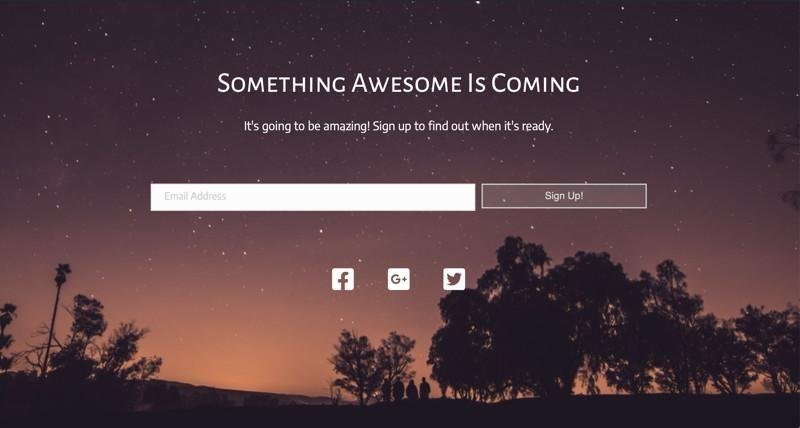Disagreements and debate: the crucial elements in great software projects
/In the dynamic realm of software development, where agility and innovation are paramount, fostering an environment that encourages debates is not just beneficial—it's indispensable. The idea of debating within a software project may seem counterintuitive to some, as the conventional image of software development often revolves around quiet coding sessions and collaborative problem-solving. However, embracing debates in the development process can lead to a plethora of advantages, from refining ideas and uncovering hidden issues to enhancing team collaboration and achieving superior project outcomes.
Innovation through Divergent Perspectives
One of the primary reasons debates are crucial in software projects is their ability to stimulate innovation. Divergent perspectives, often emerging during heated debates, can catalyze the generation of creative solutions to complex problems. When team members bring unique experiences, insights, and approaches to the table, it opens up avenues for exploring unconventional ideas that could be game-changers. This realization has led to many software leaders actively seeking a diverse software dev team in the hope of inserting divergence in perspectives in team decisions.
Debates force individuals to articulate their thoughts, challenge assumptions, and present evidence in support of their ideas. This process of intellectual rigor helps in refining concepts and ensuring that the final solutions are well-thought-out and robust. Without debates, a team risks falling into the trap of groupthink, where conformity stifles innovation and unconventional ideas are overlooked.
Identification and Mitigation of Risks
Software projects are rife with challenges, and potential risks can lurk beneath the surface. Debates serve as a powerful mechanism for surfacing these risks and addressing them proactively. When team members engage in discussions about project requirements, design choices, or implementation strategies, they are more likely to identify potential pitfalls that might be overlooked in the absence of scrutiny.
By thoroughly debating different aspects of a project, ranging from technical decisions to project timelines, the team can anticipate and mitigate risks early in the development process. This proactive risk management is crucial for ensuring project success and preventing costly errors down the line.
Enhanced Collaboration and Team Dynamics
Debates, when conducted in a constructive manner, contribute to a positive team culture by fostering open communication and collaboration. When team members feel empowered to voice their opinions, it promotes a sense of ownership and engagement. Additionally, debates encourage active listening, as team members must understand and respond to each other's arguments.
Moreover, healthy debates provide an opportunity for team members to learn from one another. As individuals share their knowledge and experiences, it creates a collaborative learning environment where everyone can benefit from the collective wisdom of the team. This learning dynamic not only improves the skill set of individual team members but also contributes to the overall growth and development of the team as a whole. One thing important in this area is the leadership style of the team leads in the software project. If the style of leadership is not open to a multitude of ideas then the benefit of enhanced collaboration breaks down and the debates turn into points of division within the team.
Refinement of Ideas and Decision-Making
In the crucible of debate, ideas are refined, and decisions are thoroughly scrutinized. This process is essential for ensuring that the chosen path is the most effective and well-considered one. Debates force individuals to defend their proposals, encouraging a deeper understanding of the implications and trade-offs associated with different choices.
Through this rigorous examination of ideas, the team can make informed decisions that are more likely to stand up to the challenges of implementation. The act of defending one's position in a debate requires a comprehensive understanding of the subject matter, promoting a culture of informed decision-making within the team.
Continuous Improvement and Adaptability
Debates are not static events but dynamic processes that unfold as projects evolve. In the ever-changing landscape of software development, the ability to adapt and iterate is crucial. Debates contribute to a culture of continuous improvement by encouraging teams to revisit decisions, reassess strategies, and incorporate new insights and information as they emerge.
This adaptability is particularly important in agile development environments, where the ability to respond quickly to changing requirements is a key success factor. Embracing debates as a means of continuous improvement ensures that software projects remain agile, resilient, and capable of delivering value even in the face of evolving challenges.
In the fast-paced world of software development, where the only constant is change, the importance of debates cannot be overstated. By fostering innovation, identifying and mitigating risks, enhancing collaboration, refining ideas, and promoting adaptability, debates play a pivotal role in shaping the success of software projects. Teams that actively engage in constructive debates are better positioned to navigate the complexities of development, resulting in superior outcomes and a culture of continuous improvement. In the vibrant ecosystem of software projects, debates are not just discussions—they are catalysts for excellence. We have a joke at Kaz that if only two people agree in a group of many we have a decision! The little comic here says that in Bangla :)











































